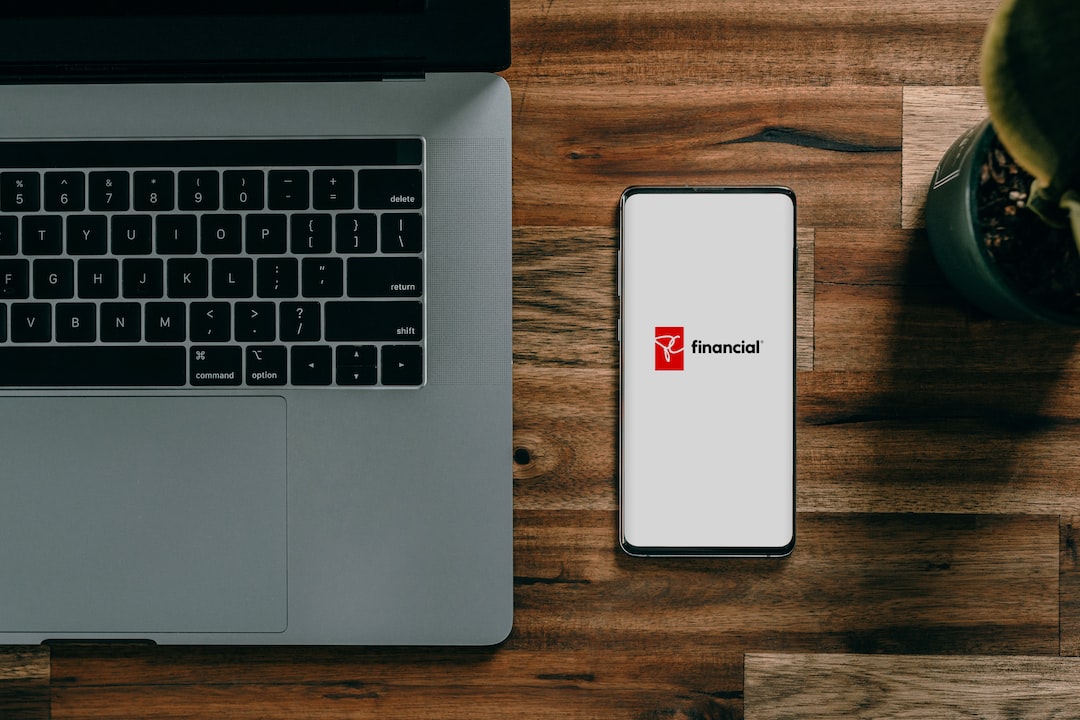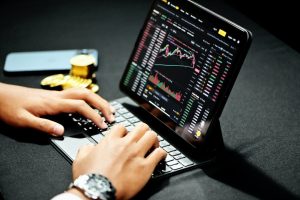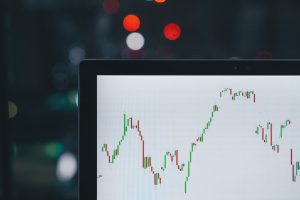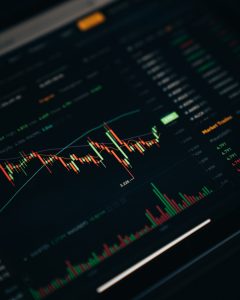Leverage is a powerful tool that allows traders to control larger positions in the forex market with a smaller amount of capital. It is a common practice in the forex market for traders to use leverage to enhance their trading strategies to maximize their potential profits. However, setting leverage is a crucial aspect of forex trading that requires careful consideration and proper understanding of the risks involved.
What is Leverage?
Leverage is a financial tool that allows traders to borrow funds from their broker to open larger positions than their account balance would allow. Forex brokers offer leverage to traders to increase their buying power, allowing them to trade larger volumes of currency pairs. The amount of leverage that traders can access depends on the broker’s policies and regulations.
For example, if a trader has a balance of $1,000 in their account and their broker offers a leverage of 1:100, the trader can control a position of $100,000. In other words, the trader only needs to put up $1,000 of their own money, and the broker provides the remaining $99,000.
How to Set Leverage in Forex?
Setting leverage in forex requires a thorough understanding of the risks involved and the trader’s trading strategy. Here are the steps to follow when setting leverage in forex:
1. Understand the Risks
Trading with leverage is a double-edged sword that can magnify both profits and losses. Therefore, it is essential to understand the risks involved before setting leverage. Higher leverage means more significant profits, but it also means more significant losses if the trade goes against the trader. Traders should only use leverage that they are comfortable with and can afford to lose.
2. Determine Your Trading Strategy
Traders should consider their trading strategy when setting leverage. Short-term traders who make quick trades may require higher leverage to maximize their profits. On the other hand, long-term traders who hold positions for extended periods may prefer lower leverage since they are less likely to be affected by short-term market fluctuations.
3. Check Your Broker’s Leverage Policy
Before setting leverage, traders should check their broker’s leverage policy. Different brokers offer various leverage levels, and traders should choose a broker that offers the leverage they are comfortable with. Traders should also check for any margin requirements and potential margin calls that could arise from using leverage.
4. Set Your Leverage
Once a trader has determined their trading strategy, understood the risks involved, and checked their broker’s leverage policy, they can set their leverage. Traders can adjust their leverage through their trading platform by selecting the appropriate leverage ratio. Traders can choose from various leverage ratios, ranging from 1:2 to 1:1000, depending on their broker’s policies.
Conclusion
Setting leverage in forex requires careful consideration of the risks involved and the trader’s trading strategy. Traders should only use leverage that they are comfortable with and can afford to lose. It is also essential to check their broker’s leverage policy and consider any margin requirements and potential margin calls that could arise from using leverage. With proper understanding and management of leverage, traders can maximize their potential profits while minimizing their risks.






